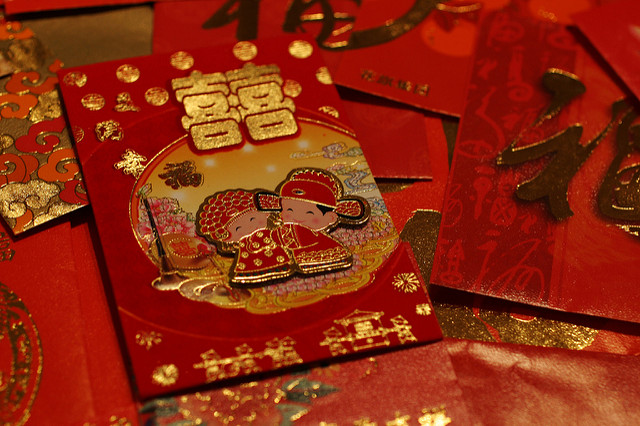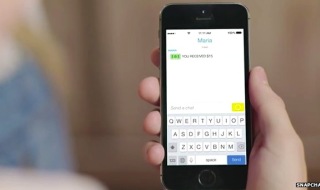First comes Snapchat’s Snapcash then there was MasterCard’s Selfie Authorization, and now we make way for the digital Ang Baos.
Yes! You read that right.
As we usher in the Year of the Monkey, China’s three Internet giants namely Baidu, Alibaba, and Tencent (developer of WeChat messaging app) offered their own versions of digital red envelopes. Even the Chinese government weighed in as they gave away a total of 300,000 RMB or about S$63,000 through Alipay – Alibaba’s digital payment service. However, the most impressive of them all was Tencent’s WeChat app.
WeChat‘s red envelope scheme started in January 2014 in support of its digital payment service called WeChat Payments. Its functions include sending virtual money, withdrawing cash, and checking the transaction history.
Its popularity spread like wildfire since its inception. In fact, last February 8 marked a milestone as over 8 billion of digital red envelopes were sent through WeChat’s gifting scheme. That signifies an eight-fold increase from the previous year.
The types of WeChat’s red envelopes are as follows:
a. REGULAR RED ENVELOPE – upon availing this, the user can specify the amount of money he or she wants to give.
b. RED ENVELOPE LUCKY DRAW – upon availing this, the user will allocates a lump sum of money to a “group red envelope” wherein a number of small red envelopes are inside it. After posting this on a group chat, WeChat will randomly assign an amount for each recipient’s red envelope.
Although these all sounds fuss-free and convenient, you must consider its disadvantages. For instance, digital platforms are susceptible to cyber crimes. In 2015, a user who claimed to be the billionaire Chen Guangbiao deceived many WeChat users and ended up receiving a significant gain from them.
Also, digital Ang Baos may take away the family re-connection that the tradition entails.
So ask yourself: “Do you want focus on strengthening relationships or on monetary incentives?”




